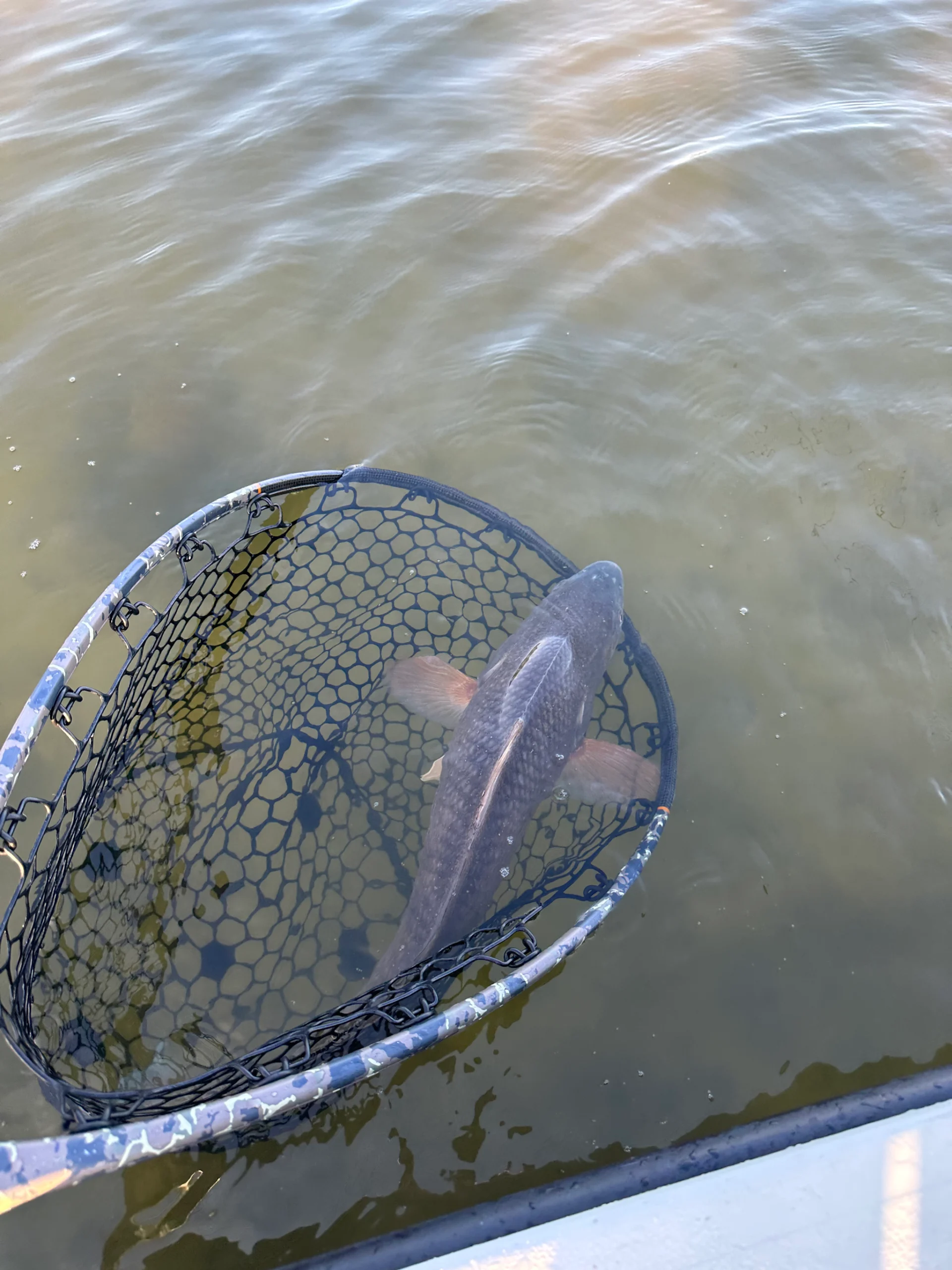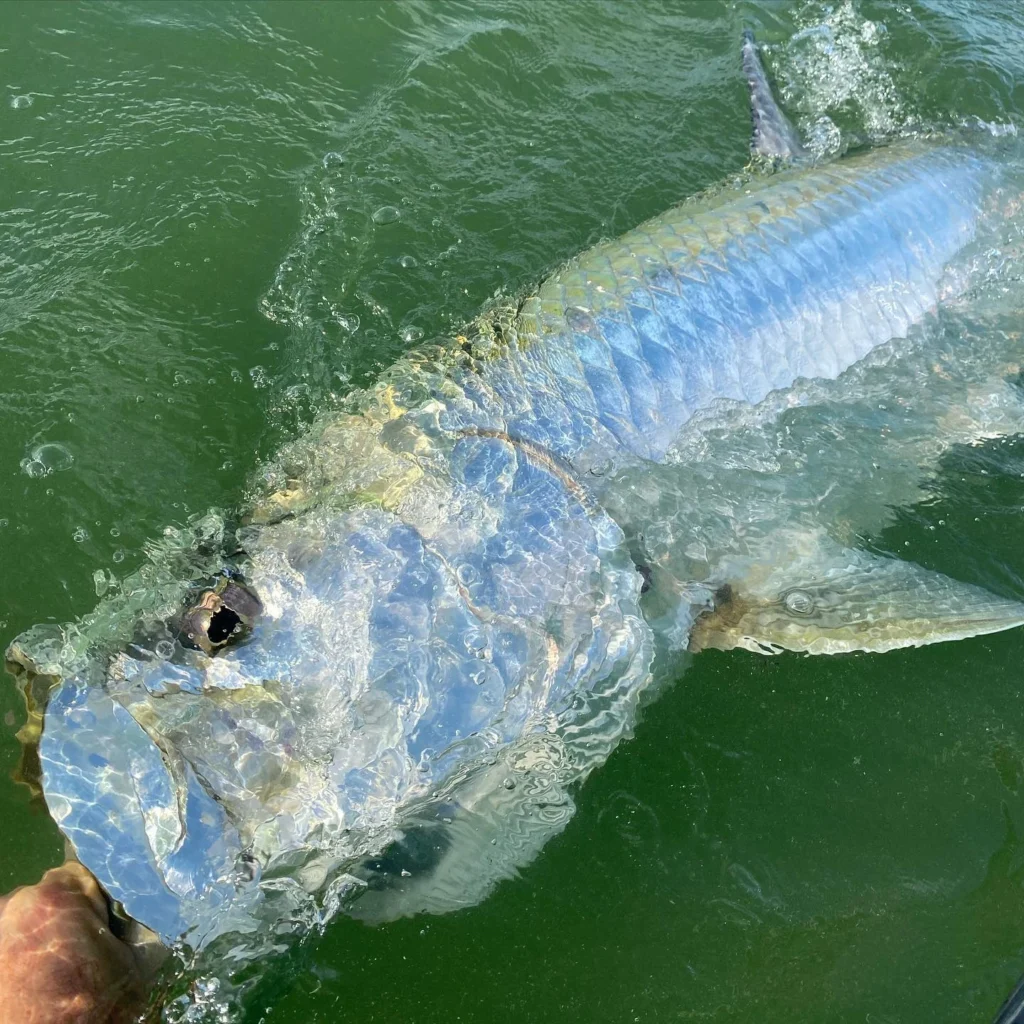
BLOG
-
August Fishing Report – 2025
Fishing in August 2025 was a great month to be on the water on the west coast of Florida. Water temps creeped…
-
Fly Fishing the Nature Coast – Focus on the Creeks
Targeting creek mouths when fly fishing the Nature Coast is an effective strategy. Creeks concentrate tidal flow, choke down bait, and offer…
-

Fishing Trip Options: You should want to Fly Fish inside of Tampa Bay
Fly Fishing inside of Tampa Bay offers some of the most diverse habitat within any of areas I fish. A trip inside…
-

How to Prepare for a Fly Fishing Trip on the West Coast of Florida
This article will help you learn how to prepare for a fly fishing trip on the West Coast of Florida. Being prepared…
-

Let’s Talk Tarpon Trips – How to pick the right Tarpon Charter for you
Migratory or Resident Fish There is a big difference between fishing resident fish hanging in the everglades, fishing ocean side tarpon, and…
-

Fly Fishing the Sports Coast – Pasco County
Fly fishing the Sports Coast is every angler’s dream. Endless Seagrass and gin clear water nearly year round is what you’ll find…
-

Presenting a Fly to Redfish
Presenting a fly to redfish is not always as simple as it may seem. There’s a lot to process quickly if you…
-

March Fishing Report
Early March brought a couple strong cold fronts to end our hopes of early warm weather like it usually does. A two…
-

Tarpon Time! Fly Fishing for Tarpon in the Tampa Bay Area
May and June offer the best chance to meet up with Silver Kings in the Tampa Bay area. Pods of fish engrained…
-

February Fishing Report
February gave us our pretty typical patterns for the month. It began with the usual, technical winter time fishing, and ended with…


